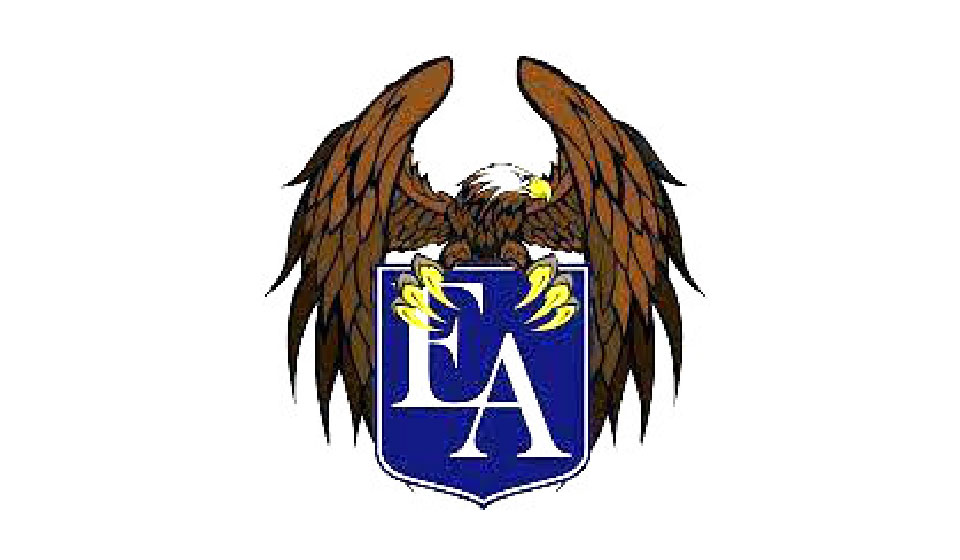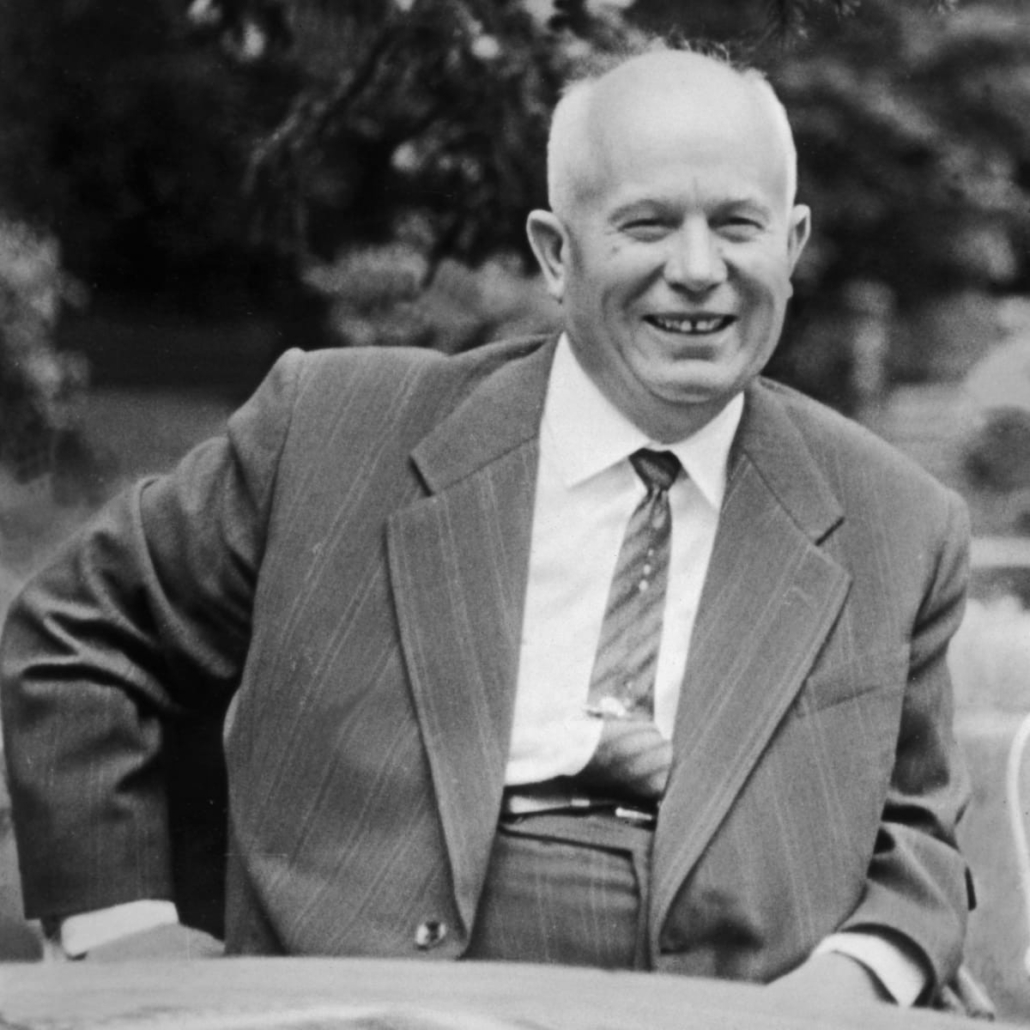 The Town Line presents the STUDENT WRITERS PROGRAM
The Town Line presents the STUDENT WRITERS PROGRAM
This week featuring: ERSKINE ACADEMY
The following is a Summary Response Essay, written by Erskine Academy senior Mackenzie Roderick of China. Mackenzie is enrolled in KVCC College Composition at Erskine as well as UMF Creative Writing; both early college opportunities offered and supported by The Aspirations Program. Funded by the Maine Legislature and taxpayers and administered by the Maine Department of Education, this initiative allows qualifying Maine students to earn college credit while still in high school. The following essay requires writers to read and summarize a current news article or opinion piece, then respond using various rhetorical devices while incorporating at least one outside source with attention to structure, word choice, and idea development.
Mackenzie plans to attend Worcester State University next year to major in Biology.
by Mackenzie Roderick
Erskine Academy
In “America Finally Admits Recycling Doesn’t Work” published in 2019 by Foundation for Economic Education, author Jon Miltimore delves into the reality behind recycling in America. Due to a regulatory decision in China to stop accepting recycled materials from the United States, Miltimore has brought this issue to light. Miltimore focuses on the fact that most of the items intended for recycling end up in landfills anyway and acknowledges that some other countries have done away with recycling already. Miltimore continues by arguing that American legislation has little power in fixing the problem, and the author also emphasizes the cost of recycling to introduce the debatable question: is recycling worth it? By examining the cost and effect of recycling, Miltimore suggests readers should evaluate the economic benefits of recycling, in order to make an informed decision.
Miltimore claims that recycling has been a hoax for years and is just a giant placebo to make society feel better about themselves. Overall, I disagree with Miltimore’s claim that recycling is a waste. I believe that there are downsides to recycling, however it is better to recycle than not. Miltimore acknowledges that China has created a global issue by not collecting recycled materials anymore which has put a kink in the recycling business. However, even though recycling does cost money, when done properly, recycling can be cost effective. Also, recycling is very crucial in saving energy, which in turn helps the environment.
One of Miltimore’s claims is that the United States has had trouble with recycling due to the fact that “China, perhaps the largest buyer of US recyclables, stopped accepting them in 2018.” Put simply, in 2018 China became aware that other countries viewed them as the “trash pile” country because they would take everyone’s trash. Of course, the Chinese government did not want to be globally viewed in that manner, so they stopped accepting almost all trash and recyclable imports from other countries. That completely backfired on a handful of nations, including the United States. There are multiple different types of recycled materials, but the easiest and cheapest type to recycle is categorized as “pure” materials. This is what the United States had originally kept to recycle themselves, and the rest of the materials that were expensive and more complex to recycle, were previously shipped to China. Now faced with a new challenge, the United States has found it difficult to recycle all of their materials in a cost effective manner.
Following the money trail is pretty simple. Recycling businesses pay to break down the recycled materials into small pebbles, which they then resell to producer companies. Those companies then use the materials to make their products. Unfortunately, because it is so expensive to break down the “non-pure” materials, recycling businesses discovered that if they raise the prices of the broken down materials, the producer companies will never buy them. However, if they don’t raise the prices, the recycling businesses won’t be making any money. Private recycling companies are faced with two options. They can either pay more to recycle the “non-pure” materials, or they can throw it all away. Many politicians and private recycling business owners have found that the decision is a one-way street. For example, Judie Milner, the city manager of Franklin, New Hampshire says, “We are doing our best to be environmentally responsible, but we can’t afford it.” Before China declared they wouldn’t accept our materials, recycling programs had encouraged citizens to recycle all the possible materials like paper, metal, and plastic. Now, recycling programs have had to throw all of these recyclable materials away, where they will end up in landfills. This issue has continued to be a problem since 2018 and is a large reason for the recycling debate. Fortunately, there are ways to combat this issue that are both good for the environment and the economy.
Because Miltimore focuses on the cost of recycling, he overlooks a cost effective solution. I disagree with Miltimore’s claim that recycling’s cost outweighs the benefits. Crucial steps can be made in order for recycling to become, once again, a profitable industry. Miltimore emphasizes that cost is the main reason why recycling is not effective. However, the cost effectiveness that comes from recycling is, in large part, due to the energy that it saves. That is because it takes less energy for the production of items using recycled materials, than it does to produce them from raw materials. The cost effectiveness also falls into the hands of the public. Something Miltimore doesn’t mention are the ways people can combat the recycling issue. A simple way to make recycling more cost effective is to be mindful of what we recycle. For instance, paper should be dry and not crinkled, food cans should be thoroughly rinsed out, and oily cardboards like pizza boxes should just be thrown out. According to Waste Management, the leading provider of comprehensive waste management systems, “recycling one aluminum can saves enough energy to run a television for two to three hours.” This is where the money comes in. In everything we as consumers do, or don’t do, there is money tied to it. It costs money to break down materials, and it costs money to make materials. By using recycled materials for products, in the end you are also saving money. Less energy used, equals more money saved. Miltimore makes a valid point that some recycling businesses are losing money, however, Miltimore fails to emphasize that production companies are making money from recycled materials. There is money lost, and there is money gained.
Miltimore continues the discussion by arguing that the United States Legislation has little to no power to fix the recycling crisis. I disagree since many countries have been successful in creating laws to combat the recycling issue. Take Germany, for example, who has implemented the Green Dot System. The Green Dot system is a recycling system that specifically targets the waste of packaging materials. According to GD-Europe.com, “The Green Dot System has achieved great success as a European model: 20 countries have adopted it as a system for collection, sorting and recycling household packaging waste which makes up 25-30% of waste in European landfills…packaging marked with the Green Dot are on the market all over the world.” I often live by the phrase, “If they can do it, why can’t we?” This is a great example of why that phrase is important. If 20 countries have found this system to be a sufficient system for recycling, the United States legislators should adopt these ideas and implement them in our country. Doing this would allow us to initiate more laws for recycling, while also being backed up by evidence that it is successful in Europe. What is stopping it from being successful here in the United States? Only the limitations we put on ourselves as both a stubborn government and unenlightened society.
In the article “America Finally Admits Recycling Doesn’t Work,” Miltimore voices many points about recycling and why he believes that the country as a whole should abolish it. Recycling has become a global issue, but Miltimore’s argument fails to encompass the bigger picture. That being; recycling can be cost effective when done correctly and with consideration of energy savings, and there are viable systems used in Europe that could be successful in the United States. Statistics provided by the UN Environment Report of 2018 claim that even with recycling, 55% of plastics end up in landfills. Compare that to the 100% of plastic that would end up in landfills if Miltimore’s opinion to stop recycling completely was to be carried out. Clearly 45% of plastic saved from dumping is better than 0% saved. Do we as a nation take steps towards recycling responsibly in order to stop half of the plastics from collecting on our earth? Or do we give up and let all of the trash we make everyday end up in our backyards?
 submitted by Sasha Fitzpatrick
submitted by Sasha Fitzpatrick




 by Melinda Myers
by Melinda Myers

 The Town Line presents the STUDENT WRITERS PROGRAM
The Town Line presents the STUDENT WRITERS PROGRAM




